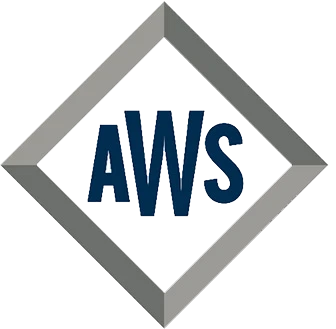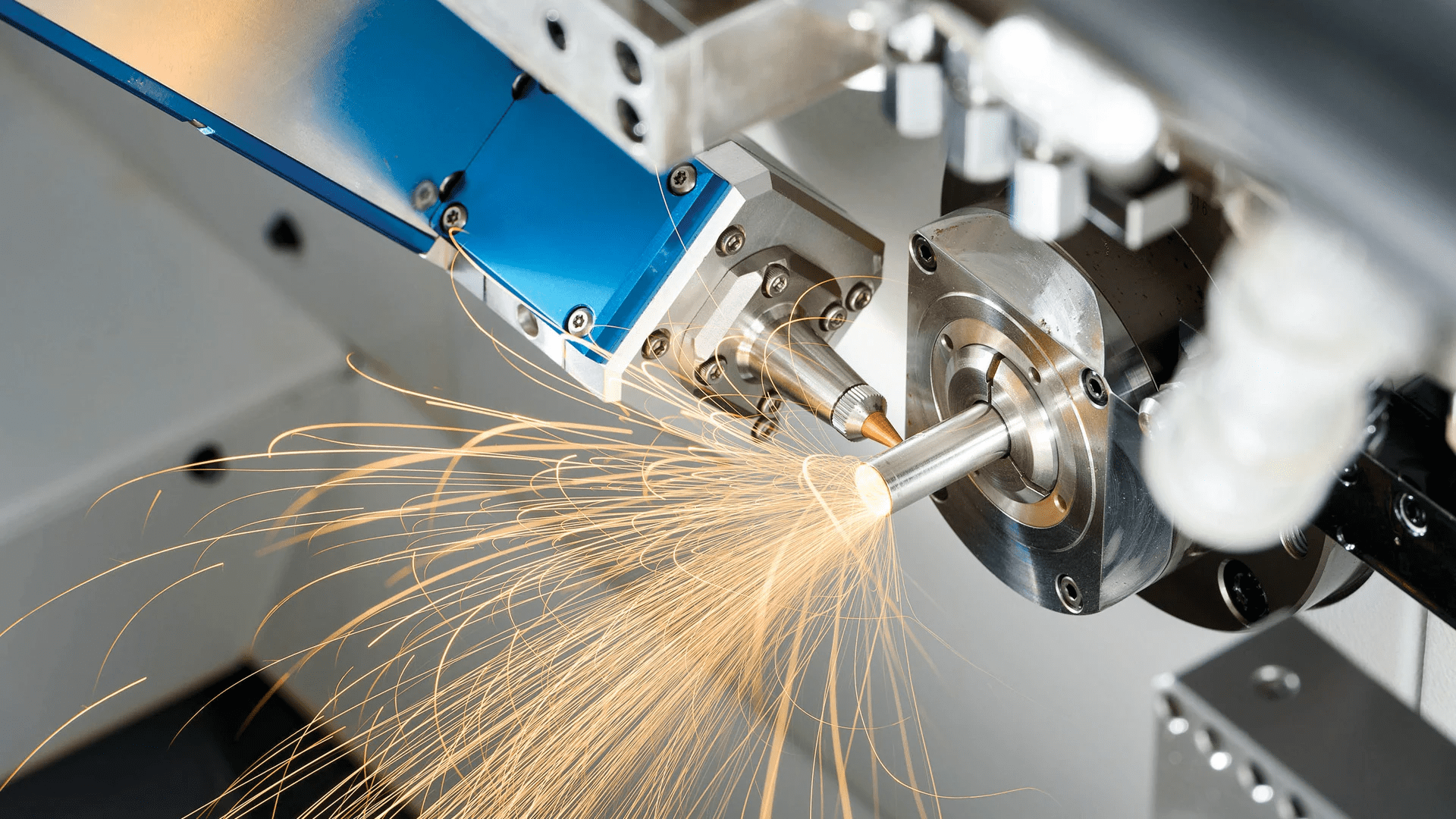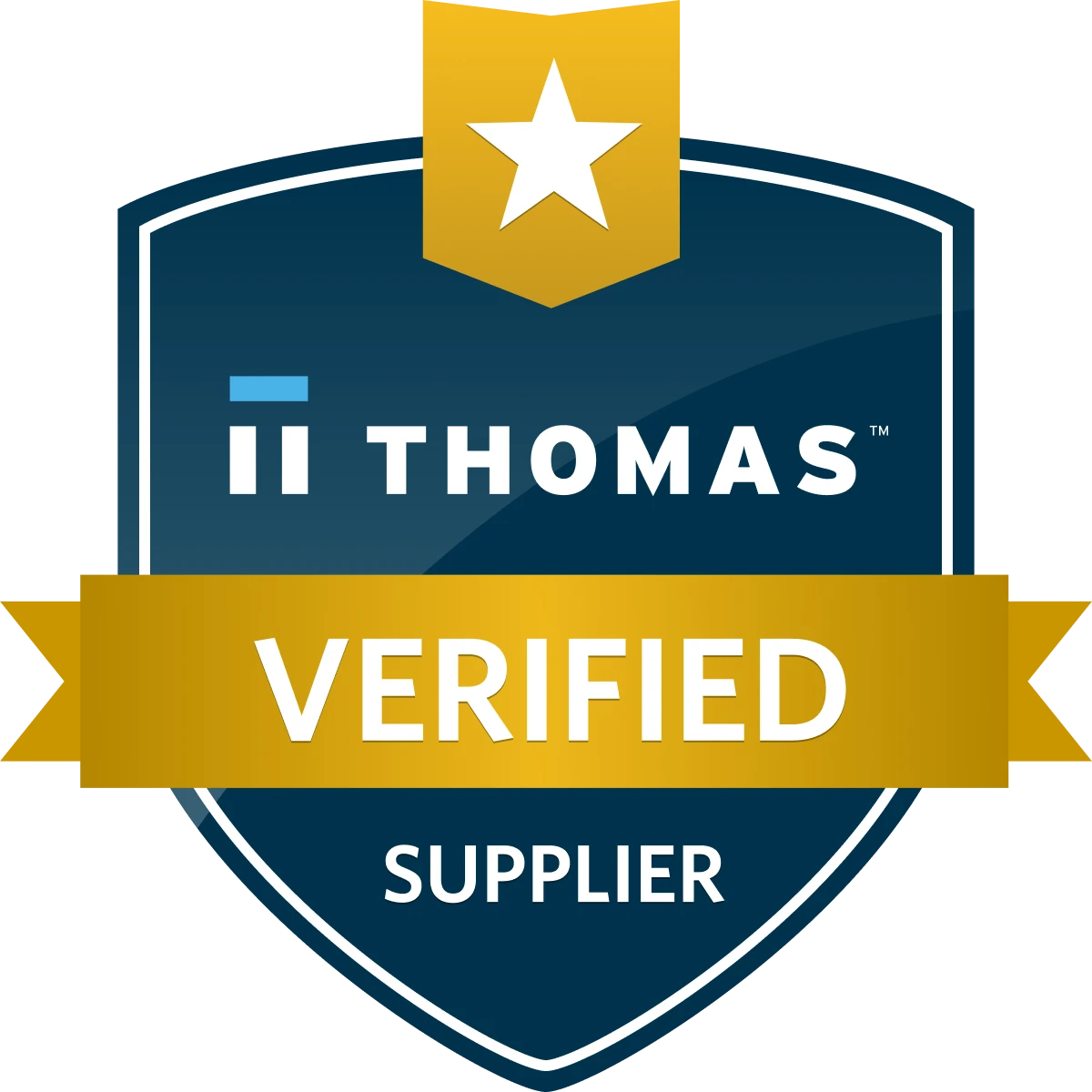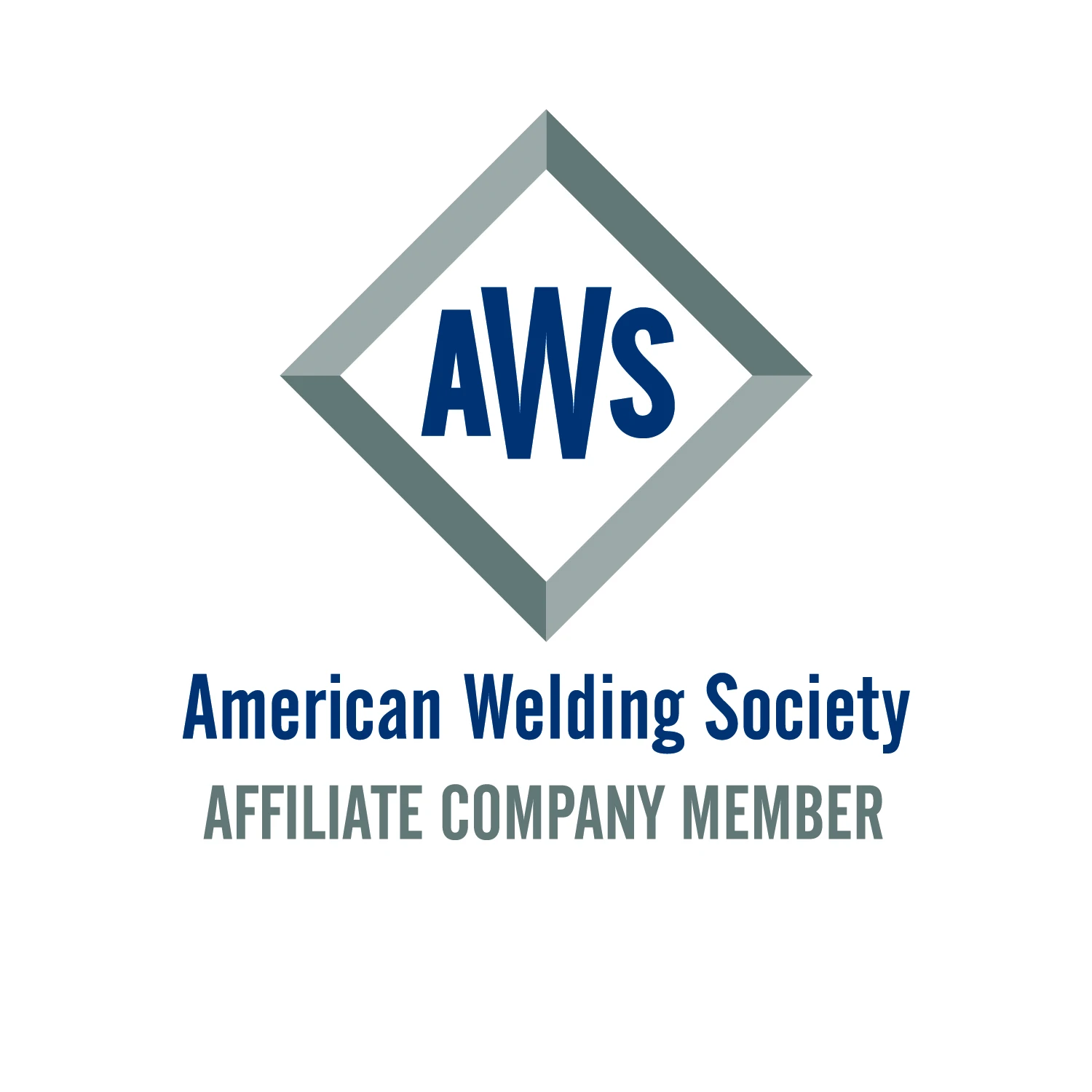Lasers in industry have come a long way since their invention and subsequent deployment in the 1960s. What were once viewed as potentially hazardous to the health of humans—the moniker “death ray” was common—these tools have evolved to become some of the most effective ways for manufacturers to cut and mark materials once deemed too fragile to touch.
In the aerospace industry, for example, initially there was concern that using lasers to mark would change the structural integrity of parts, which could have catastrophic consequences for the finished product.
Today, lasers are no longer considered “a solution in need of a problem” but, as many have put it, a solution that can be deployed to assist those who work in various industries, such as science, technology, and medicine. Thanks to their ability to cut clean edges without creating areas on a material that take away from its original composition, lasers are fast showing how they can lead to more profits and greater efficiency.
Tracing & Trackability
Thanks in part to recalls disrupting how suppliers and manufacturers do business, the need for better ways to track and trace parts has accelerated, becoming one of the more important steps companies take when building parts or assembling entire products in their factories.
This is where, ahem, lasers can shine.
When it comes to building products, oftentimes, many suppliers are involved in the process, all providing different parts to the end product. In order to track those parts, companies used barcodes that had to be read by humans. This meant the barcodes had to be legible and validated, which could also lead to confusion when relying upon employees to read them.
The shift came when companies realized lasers were the solution, using barcodes directly and permanently affixed on parts. This made tracking parts easier, especially in the case of recalls. With a legible, permanent laser-marked barcode on the part, it was no issue tracing parts back to the original supplier.
The automotive industry has taken laser marking a step further by marking parts to ensure they are added to the right product. A car on an assembly line, for instance, might have parts that are laser marked to tell the system the right door or engine is being installed, and when it needs to be installed. This allows for an automated process for reading the barcode so the right part goes in.
In the medical field, doctors and their staff need to make sure every tool brought into the surgical theater is accounted for when the operation is complete. By having barcodes etched into their implements and devices, a simple scan allows them to ensure they didn’t leave anything behind or, worse, inside the patient.
“There is a lot of information that needs to be captured in a barcode, and we’re seeing, increasingly, that laser marking is the easiest way to deliver this information to the end user,” said Nicholas Kaczmarski, national sales manager, Beamer Laser Marking Solutions, Flushing, Mich. “It does make for an easier process when a company needs to track or trace products that may have been deployed a long time ago.”
Beamer Laser Marking works closely with clients to ensure they can utilize all that a laser marking system has to offer. Whether it’s a mom-and-pop shop with just a few projects, or a large OEM with high volume, its products are created to benefit each company’s unique needs.
Read more: Laser Processing Is Having Its Moment






